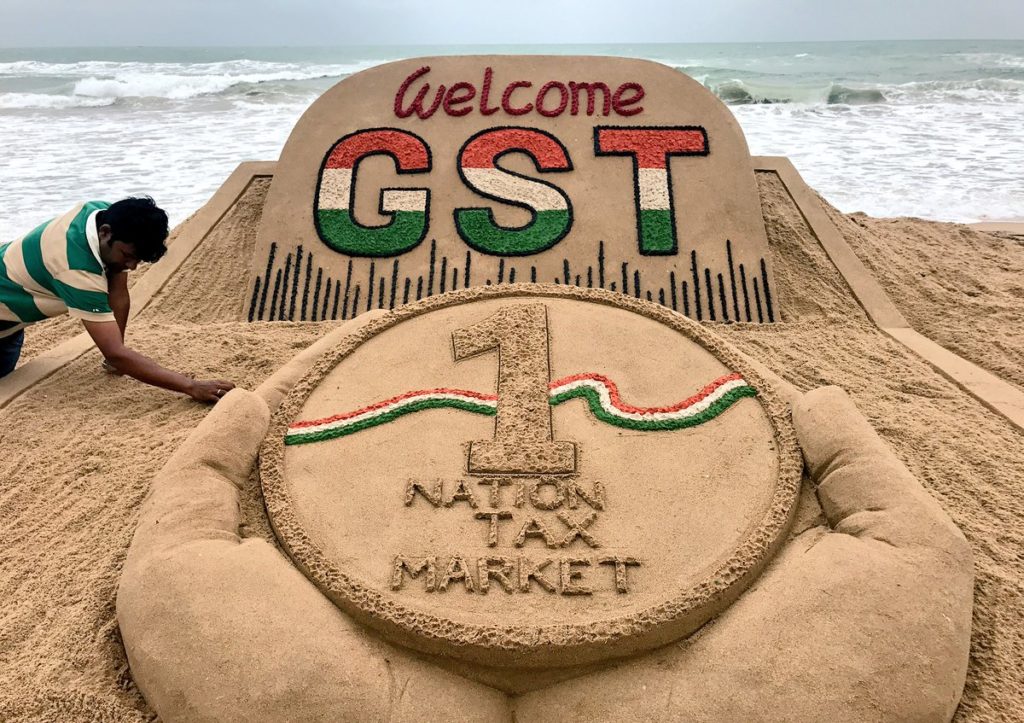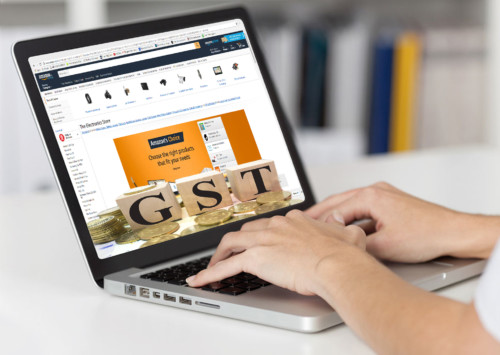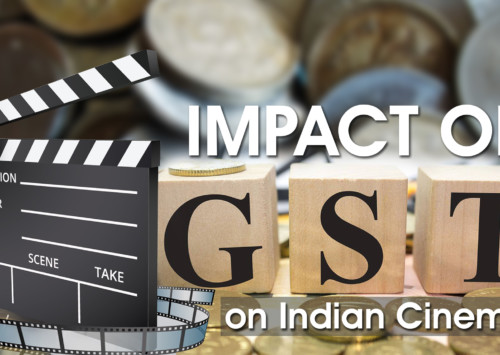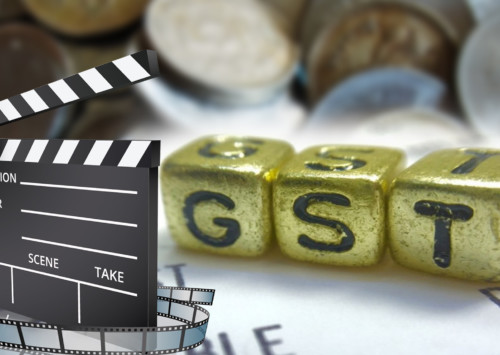Tryst with GST
India’s midnight tryst with GST has redefined one nation, one tax and one market to the extent of labelling it the biggest indirect tax reform in the history of the country, with increased emphasis on making uniform taxation a success story.
With effect from today, Goods and Services Tax (GST) dictates that there will be a single tax law and four tax rates, 5 pc, 12 pc, 18 pc and 28 pc that will be charged by the Centre and the individual states. While the tax rates have been levied on a majority of goods and services, a number of them have been exempted from the tax bracket. The most common tax slab remains at 18 pc with a majority of daily consumer goods falling under the 18 pc bracket, including tampons and sanitary napkins.
Look at the bright side. We are tax free on bindi, bangles and shit.We magically stopped bleeding after gst on tampons and pads.
— Tina (@toxiic99) June 30, 2017
The 18 pc tax slab also includes biscuits, pasta, pastries and cakes, mineral water, tissues, ice cream, soups, sauces, toothpaste, and soap among other things. Services, the likes of telecom services, IT services, financial services, branded garments and AC hotels serving alcohol have also been put under the 18 pc GST tax slab.
Items like cocoa and cocoa products, pan masala, beverages, tobacco and manufactured tobacco substitutes, sugar and sugar confectionary, spirit and vinegar have been put under the highest tax slab of 28 pc. Heavier items like chemical products, wood and wooden articles, glass, ceramic products, electrical machinery, furniture, musical instruments, toys, aircraft and spacecraft are also set at 28 pc.
The government has set an exclusive 3 pc tax rate for gold and silver jewellery.
Fresh meat, fish, chicken, eggs, milk, butter milk, curd, natural honey, fresh fruits and vegetables, flour, besan (gram flour), bread, all kinds of salt, jaggery and hulled cereal grains alongside bindi (traditional forehead decoration), sindoor (vermillion powder), kajal (eyeliner), palmyra (type of jaggery), human hair and bangles have been declared as tax exempted.
Zero tax on daily food items like fresh vegetables, fruits, meat, eggs, milk, bread, flour, cereals, pulses to benefit the common man. #GST pic.twitter.com/6VTe2xJ1RC
— M Venkaiah Naidu (@MVenkaiahNaidu) July 1, 2017
What are the GST objectives?
Implementation of the GST is anticipated to benefit certain sectors with the tax exemption or from the lower tax rate. It is also expected to bridge the gap between the organised and unorganised sectors, with organised sectors having a market share of about 65-70 pc. It is estimated that GST could increase Gross Domestic Product (GDP) growth by 1.5-2 pc in the coming years. Finance Minister, Arun Jaitley stated, “GST will create a national market, enhance ease of doing business and improve tax compliance. It will lower the overall tax burden on consumers.”
But, what does the aam jaanta (common public) think?
So after paying income tax, I should spend about 370 extra for a purchase of Rs. 2050? Common citizens are being robbed!?#GoodAndSimpleTax pic.twitter.com/Q0MVrVDxn9
— Keerthi (@realkeerthi) July 1, 2017
GST highlights
- GST will reduce the overall incidence of tax on final products.
- The GST to be levied by the Centre is termed Central GST (CGST) and that to be levied by the States (including Union Territories with legislature) is termed State GST (SGST).
- GST will bring down overall tax for consumers.
- Businesses with an annual turnover of INR 2 million and INR 1 million for special category states would be exempt from GST.
- Integrated GST (IGST) to be collected by the Centre will be levied on inter-state supply of goods and services. Thus, import of goods will be treated under inter-state supplies and subjected to IGST along with custom duties.
- On stocks unsold before GST rollout, manufacturers and retailers have been allowed to carry forward input tax credit for 90 days.
AC restaurant – 18%
Non AC restaurant – 12%Be prepared to wipe your sweat with your tandoori naan.
— Gabbbar (@GabbbarSingh) June 30, 2017
This is what Amo Kalar, Deputy Director – Trade, Economics and Prosperity, India British High Commission had to say about GST, with relation to Indo-British trade ties, “The UK has a strong trade and investment relationship with India. The GST is a very ambitious tax reform and we congratulate the Indian Government on its vision. We are excited about the potential the GST brings in terms of simplifying processes, reducing red tape, and increasing growth. PM May and PM Modi signed a MoU on cooperation on ease of doing business last year and tax administration was an important pillar of this.”













